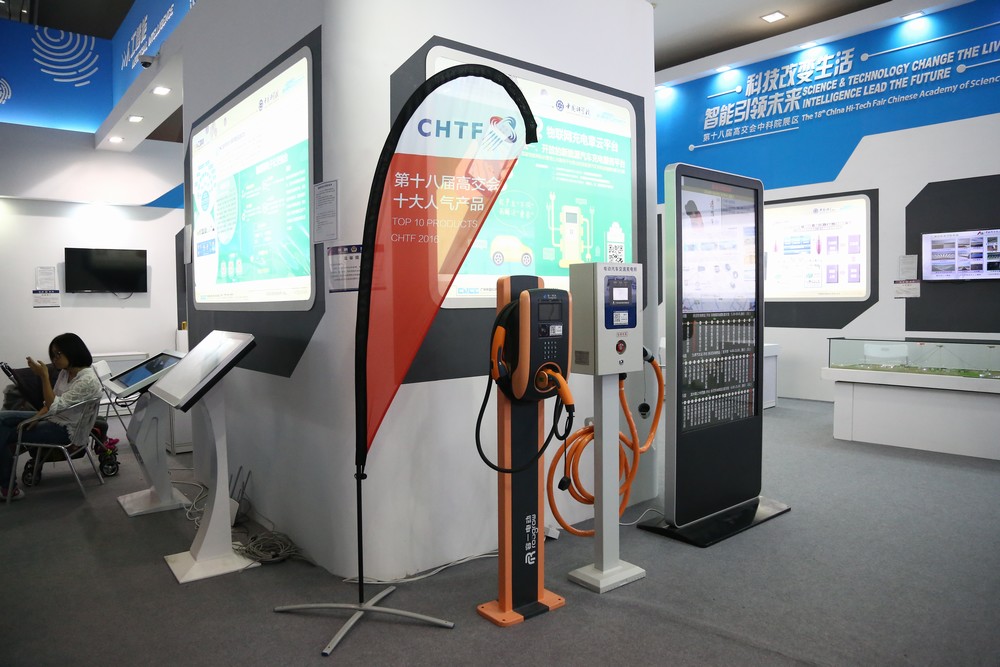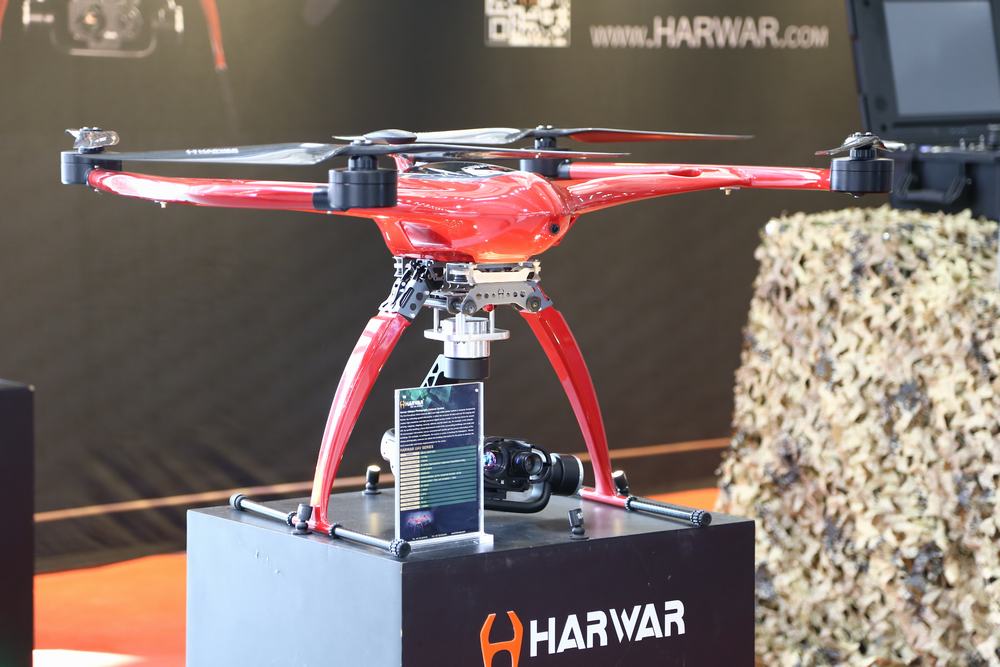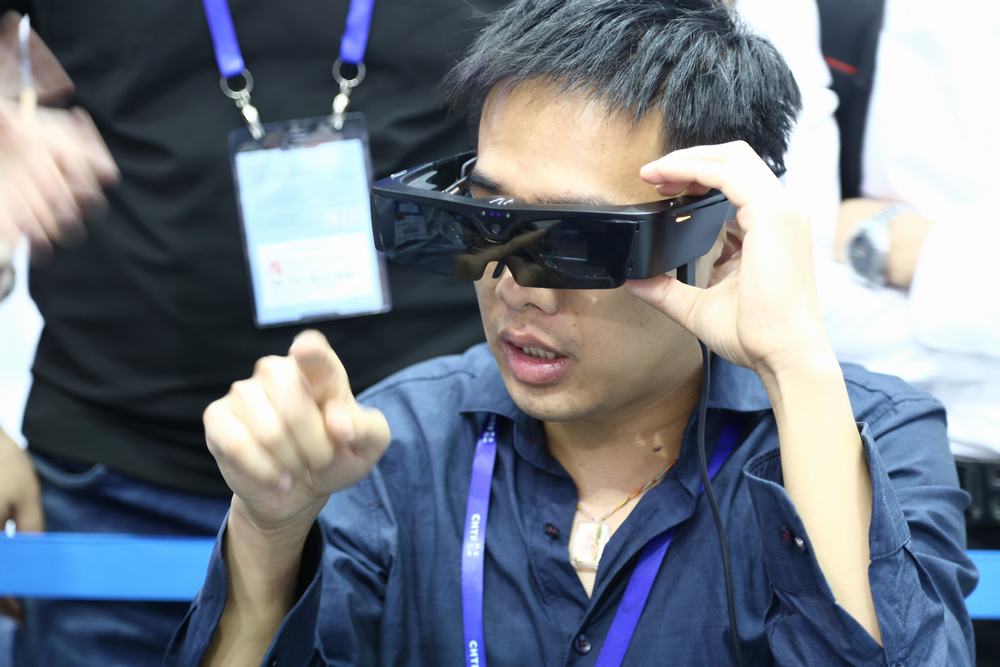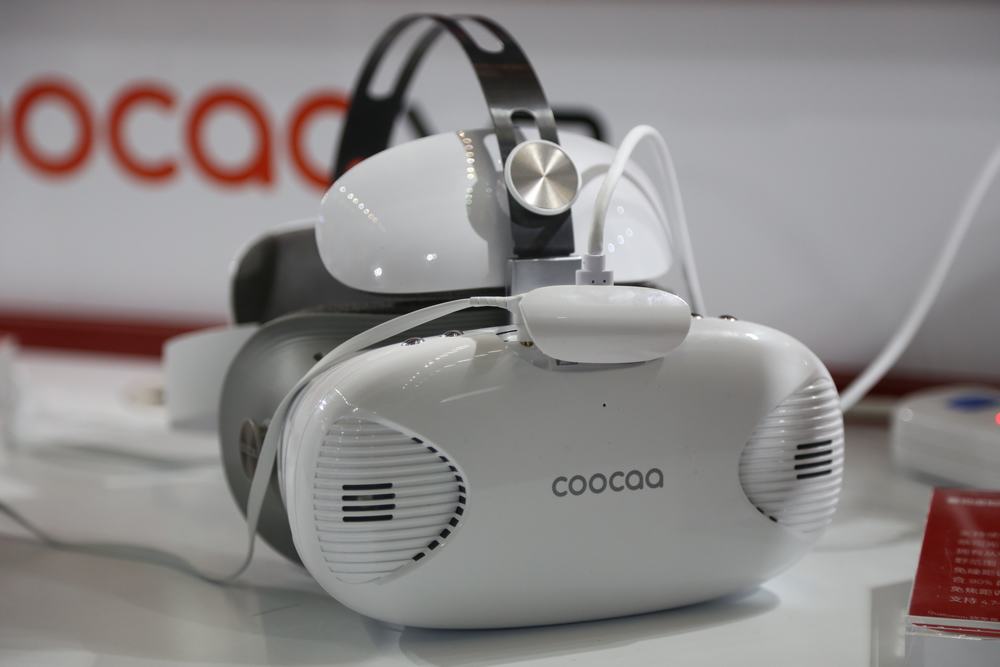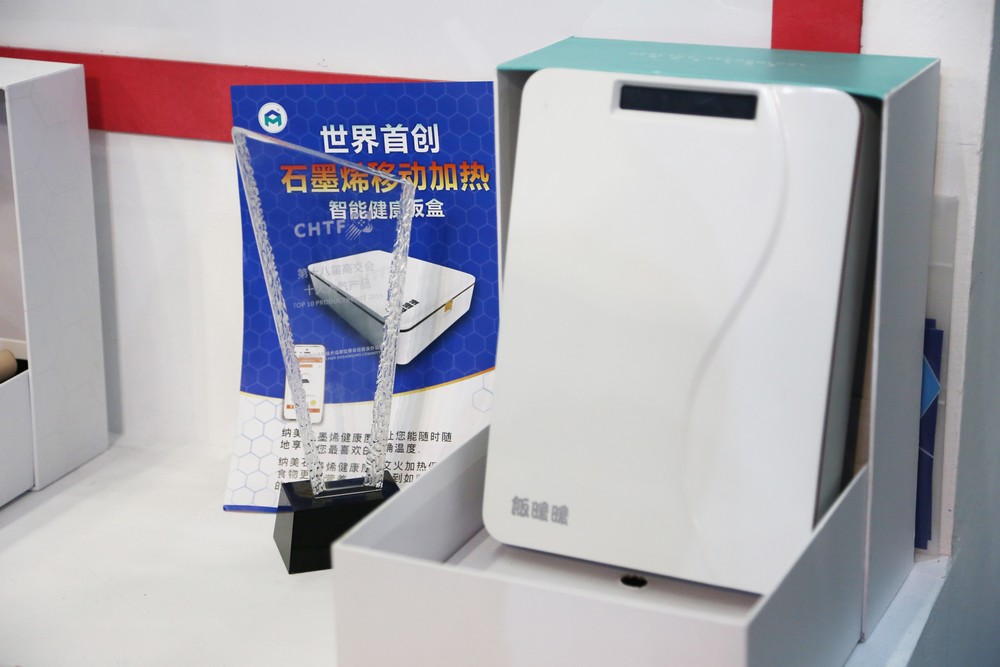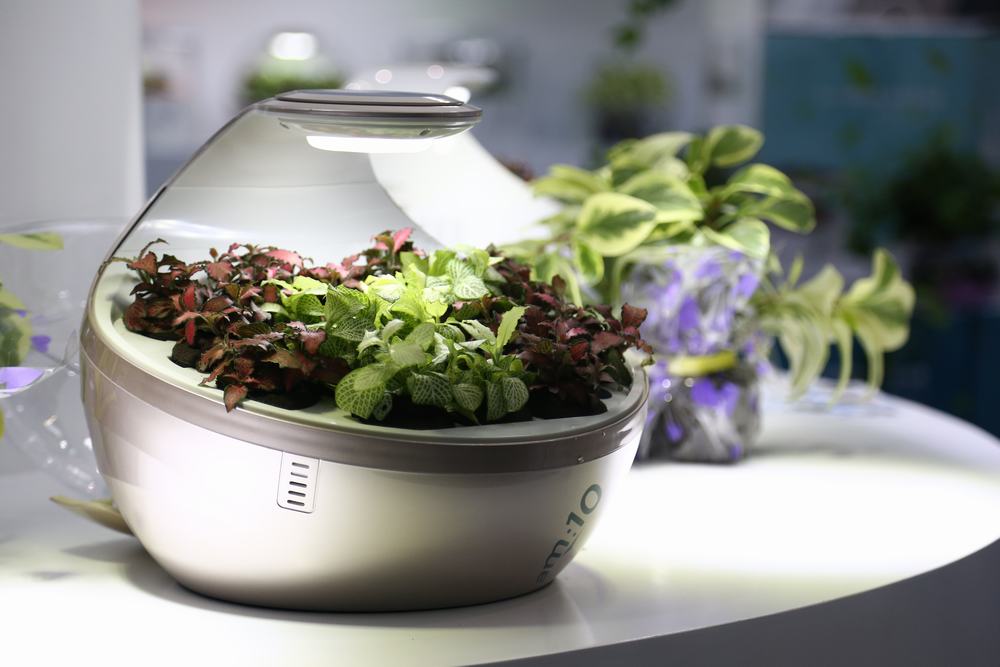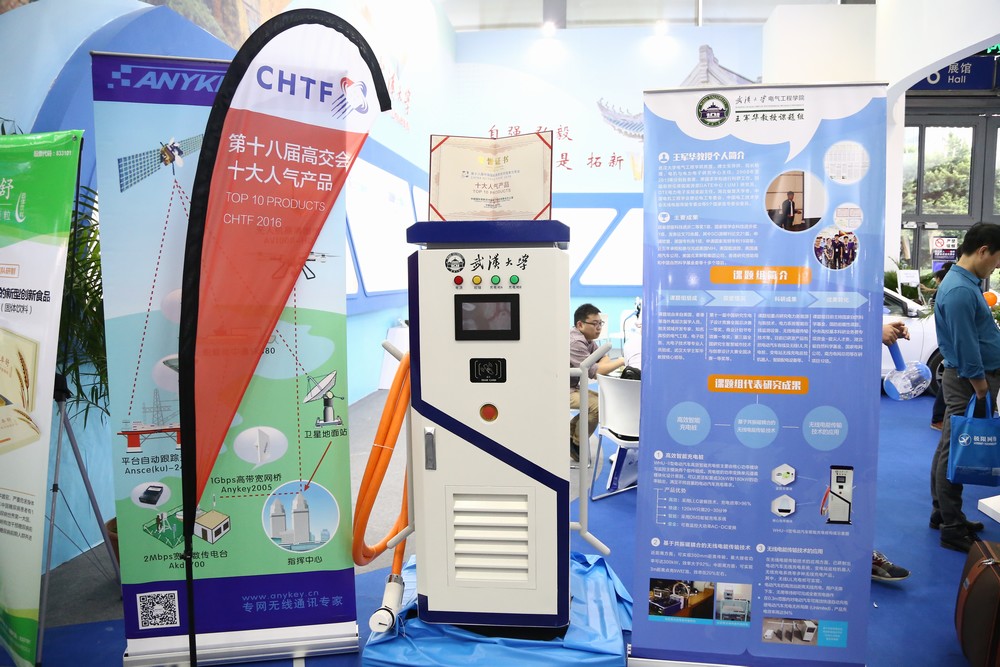Georgiou Group’s fleet was entrusted with moving 600,000m3 of sand, rock and limestone 1.5km between the cut and fill zones of the Alkimos project.
PAYLOAD DATA AIDS IN THE RAPID MOVEMENT OF AGGREGATE
Posted March 20, 2017 |
A major civil construction company charged with moving 600,000m3 of sand, rock and limestone on a land development project completed its assignment in advance and at a significant cost saving to its client – thanks to a combination of surveying, measurement and load and haul programs.
Georgiou Group is a national building construction, engineering and property development company that delivers major projects across Western Australia, Queensland, Victoria and New South Wales.
It is a low cost, high performance company that wanted to improve productivity and cost control on a land development project. The six-month project in Alkimos, about 50km north of Perth, Western Australia, involved moving 600,000m3 of sand, rock and limestone 1.5km between the cut and fill zones. The site measured 2km long by about 600m wide. Georgiou turned to SITECH Western Australia and Trimble Loadrite for help in understanding payloads, the movement of material and the productivity of operators and mass haul routes.
Augmented site solution
In the past, Georgiou had manually collected payload data to map to cost centres. The company had no access to real time data on productivity and material movement, leading to potentially inaccurate and sometimes delayed information.
On this project the Georgiou team adopted a range of Trimble solutions, including the 3D GCS900 Grade Control System, 2D Project Monitoring on haul assets and Loadrite X2350 excavator scales.
Data from this hardware was used by InsightHQ and VisionLink software to improve productivity, increase data transparency and accuracy, and therefore reduce costs. Georgiou used Business Center – Heavy Construction Edition (HCE) software for mass haul analysis and design creation. Utilisation of the SCS900 site controller software and unmanned aerial vehicles augmented the site solution.
Georgiou project manager Jim Ryan and Georgiou machine control lead Ian Hitsert led the project and began by equipping two 125-tonne excavators and one 85-tonne excavator with the Loadrite X2350 excavator scales and 2D VisionLink monitoring devices. The Loadrite X2350 excavator scales reported live data to InsightHQ for analysis and goal-setting. Monitoring devices were also fitted to 16 dump trucks.
The primary goals focused on productivity, tracking material moved, reducing the carbon footprint and keeping staff a safe distance from machines on the jobsite. Trimble’s VisionLink – a fleet, asset and site productivity management software – was then used to capture data from dump trucks, to be analysed and displayed through dashboards available on iPad. The Loadrite system gave excavator operators precise weight information to optimally load dump trucks. Trimble GCS900 GPS systems were used to track project progress and monitor material movement and the locations where material was cut and filled.
Georgiou also used Business Center – HCE’s Corridor Mass Haul module to create a digital terrain model of the Alkimos project site, define haul zones and perform a comprehensive mass haul analysis of the project.
Accurate, real time data
“The technology solution provided by Trimble and the working partnership developed with SITECH WA has allowed Georgiou to discover the benefits this technology can deliver to the business for earthworks projects of this size and nature,” Hitsert said. “The positive outcomes from this project have enabled Georgiou to utilise this technology to manage productivity on future projects. With a better understanding of the Trimble hardware and software, we are now challenging Trimble to provide additional functionality, to further improve productivity.”
Ryan estimated the cost savings to the project were in the order of 20 per cent, explaining one of the biggest advantages of the system was being able to determine and track the cost of moving a cubic metre of dirt on a daily basis. Project management could see how quickly trucks were being loaded and show operators their individual productivity data compared with other operators.
“We had two guys running two PC-1250 excavators and noticed production on one machine was slower than the other,” Ryan said. “We swapped these guys around to see if it was the excavator, and it wasn’t. With accurate data about payloads, we could see this kind of information immediately and easily start the conversation, as we had actual data to point to. We found ways to improve their performance, with more accountability through daily, even hourly, production check-ins.”
Operators running excavators and dump trucks were able to work as normal, loading material from the first cut zone and dropping it at the fill zone. The Trimble SNM940 Connected Site Gateway relayed production data to VisionLink and InsightHQ to gather payload information.
Ryan said data from the Loadrite scales centralised performance and productivity information across the range of machine sizes, brands and models.
Ryan and the equipment operators had real time information about load counts, idle times, time stamps when trucks are loaded, and travel time for material movement. From the office and using iPads in the field, supervisors could access information immediately and work with operators to improve productivity.
Ryan said on a daily basis supervisors could see project status, comparing a six-month project timeline to productivity to date. This replaced the old method of manually capturing data that could sometimes be inaccurate and days behind.
“Today, with Trimble Business Center – HCE and VisionLink, we have the real time cost and production status at the touch of a button,” said Ryan.
“We don’t have to go out and do any manual spreadsheets, collecting load counts for all machines and mapping them to cost centres. The technology doesn’t build the job for you, but we’ve taken full advantage of using the data to work more efficiently, and it has had a positive impact on the bottom line.”
To track the progress of material moved at the end of each month, the Georgiou team also ran Trimble’s UAV system to capture point cloud data and build a terrain model of the Alkimos site.
“Because earth was being hauled continuously, there was lag time from when we captured data from the UAV system to when we processed it and created reports,” Hitsert said. “In Business Center – HCE we would re-compute our corridor mass haul volumes to design and track progress in terms of overall volume. Essentially, we would re-compute mass haul, load it into VisionLink and back date it to the day of the UAV flight, which was a big plus for us because then we had a full picture in VisionLink of how much material was moved from that date forward.”
Cost, time savings
Within two weeks of using both Loadrite excavator scales and InsightHQ reports, Ryan and the team realised that although each truck was full by volume, they were under-loaded by weight due to lower density material, and could take a further eight tonnes each.
“We saw quickly from our haul routes and material production reports that loading each truck with 32 tonnes of material was inefficient,” Hitsert said. “To improve material moved per day, Georgiou’s internal plant department fitted steel plates around the tops of all dump trucks so we could carry 40 tonnes of rock, sand and limestone instead of 32. We never would have known this without the Trimble technology.
“As a result, and with the same haul fleet, we were actually able to finish moving 600,000m3 of material in four months, instead of six, providing significant cost and time savings to our client.”
Source: Trimble Loadrite







